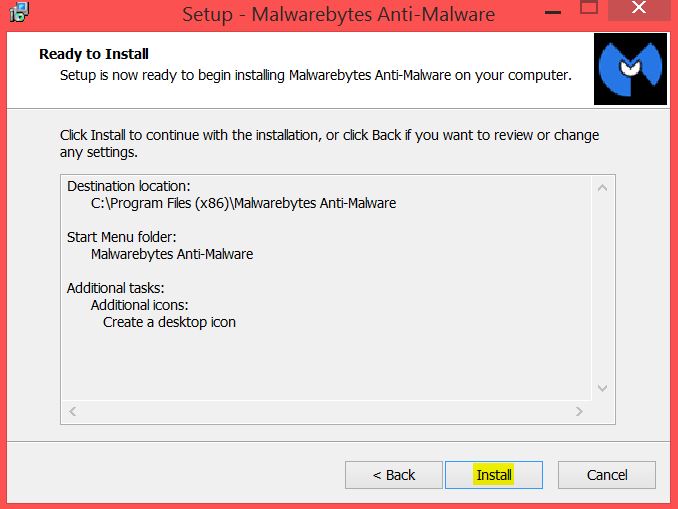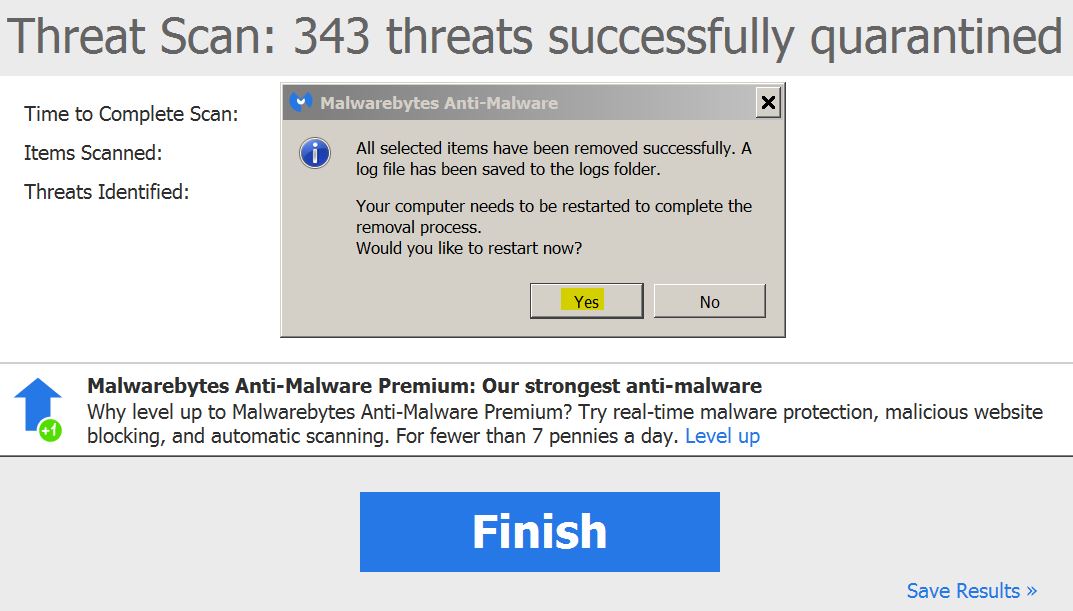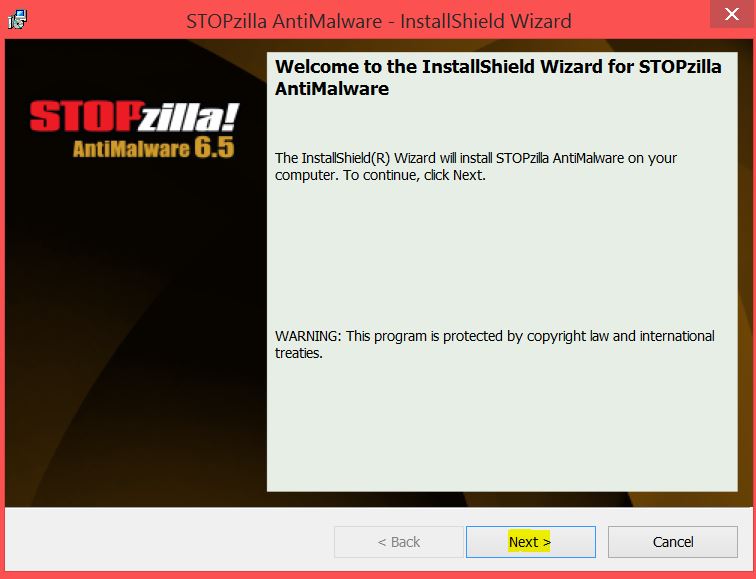 A Trojan that is known as Banprox.Infostealer has been identified by Symantec threat response team to infect personal computers on various locations all over the world. The Trojan is very specific in it’s actions, redirecting the web traffic of the victim PC through a malicious host via a third-party proxy. It is usually active when you are using banking or other websites where financial data is involved.
A Trojan that is known as Banprox.Infostealer has been identified by Symantec threat response team to infect personal computers on various locations all over the world. The Trojan is very specific in it’s actions, redirecting the web traffic of the victim PC through a malicious host via a third-party proxy. It is usually active when you are using banking or other websites where financial data is involved.
| Name | Banprox Infostealer |
| Type | Infostealer Trojan |
| Short Description | The malware may perform various activities such as connecting to remote hosts and stealing financial credentials. |
| Symptoms | Unknown IP addresses linking to the below-mentioned hosts when you type “netstat -a -n -f” in your command prompt. |
| Distribution Method | Via PUPs, installed by bundling (Browser Hijackers) or by visiting a suspicious third-party site that is advertising it. |
| Detection Tool | Download Malware Removal Tool, to See If Your System Has Been Affected by malware |
| User Experience | Join our forum to discuss Banprox Infostealer. |
Banprox Trojan – How Is It Spread
Similar to Banload Infostealer, this Trojan is mostly distributed via malicious macros in e-mail attachments and what is worse is that most users get caught while opening them. Since a user tends to trust documents with .docx, .doc, .pdf, .ppt and other Microsoft Office documents, they often lack the knowledge that such documents may have malicious macros. And often the emails may resemble an important subjects such as:
- Your PayPal receipt.
- Your Amazon gift card has arrived.
- The funds have been transferred to your eBay account.
After the document is opened and the user chooses the “Enable” editing option, the malicious macro may execute a script that may either directly deploy the payload of the Trojan or connect to a remote host and download the obfuscated payload.
Banprox Trojan – How Does It Work
The concept of banking Trojans is not a new thing when we are talking about cyber-security. Symantec researchers have reported that after it has been started, the Trojan immediately attacks the registry entries, creating several new ones in these locations:
→ `HKEY_ALL_USERS\S-1-5-21-3889344330-28187927-3519877804-1000\Software\Microsoft\Internet Explorer\Privacy\”CleanTIF” = “1”
HKEY_ALL_USERS\S-1-5-21-3889344330-28187927-3519877804-1000\Software\Microsoft\Internet Explorer\Privacy\”ClearBrowsingHistoryOnExit” = “1”
HKEY_LOCAL_MACHINE\SOFTWARE\Microsoft\Windows\CurrentVersion\Internet Settings\”AutoConfigUrl” = “[LOCATION OF CONFIGURATION SCRIPT]”
HKEY_ALL_USERS\S-1-5-21-3889344330-28187927-3519877804-1000\Software\Microsoft\Windows\CurrentVersion\Internet Settings\”AutoConfigURL” = “[LOCATION OF CONFIGURATION SCRIPT]”
HKEY_LOCAL_MACHINE\SOFTWARE\Policies\Microsoft\Windows\CurrentVersion\Internet Settings\”AutoConfigURL” = “[LOCATION OF CONFIGURATION SCRIPT]”`
The registry values that have the location of configuration scrips directly point out to keys configured to connect and transfer web traffic via custom created web links from two main hosts:
- Systruster(.)com
- Retsback(.)com
An example of a custom host may be the following:
- “systruster.com/a9s9d2/12b”
These scripts of the hosts contain a list of websites that are set as parameters to collect data from and it is activated every time the user visits the website from that list. Here are several examples of websites the traffic to which may be redirected to another server and hence the user-entered information may be stolen:
- ibanking.stgeorge.com.au
- ibs.bankwest.com.au
- *y.combank.com.au
- hb2.bankleumi.co.il
- banking3.anz.com
- banking4.anz.com
- ib.nab.com.au
Furthermore, this cyber-threat may also establish connection to a remote location. Locations that it may connect could be the following:
- Msupdcheck(.)com
- Retsback(.)com
Remove Banprox Infostealer Trojan Completely
In case your antivirus software has detected this or any other infostealer variants, we strongly advise to immediately change all of your credentials – financial data, usernames, passwords and other information, since there is a good possibility it may already be compromised.
Then you should backup the data on your computer. Experts also advise using an anti-malware software to assist you with scanning and detecting any other malware besides this that may be downloaded via the connected hosts. We have prepared a methodological instructions below that may assure you the maximum effectiveness to deal with Banprox infostealer.
Preparation before removing Banprox Infostealer.
Before starting the actual removal process, we recommend that you do the following preparation steps.
- Make sure you have these instructions always open and in front of your eyes.
- Do a backup of all of your files, even if they could be damaged. You should back up your data with a cloud backup solution and insure your files against any type of loss, even from the most severe threats.
- Be patient as this could take a while.
- Scan for Malware
- Fix Registries
- Remove Virus Files
Step 1: Scan for Banprox Infostealer with SpyHunter Anti-Malware Tool



Step 2: Clean any registries, created by Banprox Infostealer on your computer.
The usually targeted registries of Windows machines are the following:
- HKEY_LOCAL_MACHINE\Software\Microsoft\Windows\CurrentVersion\Run
- HKEY_CURRENT_USER\Software\Microsoft\Windows\CurrentVersion\Run
- HKEY_LOCAL_MACHINE\Software\Microsoft\Windows\CurrentVersion\RunOnce
- HKEY_CURRENT_USER\Software\Microsoft\Windows\CurrentVersion\RunOnce
You can access them by opening the Windows registry editor and deleting any values, created by Banprox Infostealer there. This can happen by following the steps underneath:


 Tip: To find a virus-created value, you can right-click on it and click "Modify" to see which file it is set to run. If this is the virus file location, remove the value.
Tip: To find a virus-created value, you can right-click on it and click "Modify" to see which file it is set to run. If this is the virus file location, remove the value.Step 3: Find virus files created by Banprox Infostealer on your PC.
1.For Windows 8, 8.1 and 10.
For Newer Windows Operating Systems
1: On your keyboard press + R and write explorer.exe in the Run text box and then click on the Ok button.

2: Click on your PC from the quick access bar. This is usually an icon with a monitor and its name is either “My Computer”, “My PC” or “This PC” or whatever you have named it.

3: Navigate to the search box in the top-right of your PC's screen and type “fileextension:” and after which type the file extension. If you are looking for malicious executables, an example may be "fileextension:exe". After doing that, leave a space and type the file name you believe the malware has created. Here is how it may appear if your file has been found:

N.B. We recommend to wait for the green loading bar in the navigation box to fill up in case the PC is looking for the file and hasn't found it yet.
2.For Windows XP, Vista, and 7.
For Older Windows Operating Systems
In older Windows OS's the conventional approach should be the effective one:
1: Click on the Start Menu icon (usually on your bottom-left) and then choose the Search preference.

2: After the search window appears, choose More Advanced Options from the search assistant box. Another way is by clicking on All Files and Folders.

3: After that type the name of the file you are looking for and click on the Search button. This might take some time after which results will appear. If you have found the malicious file, you may copy or open its location by right-clicking on it.
Now you should be able to discover any file on Windows as long as it is on your hard drive and is not concealed via special software.
Banprox Infostealer FAQ
What Does Banprox Infostealer Trojan Do?
The Banprox Infostealer Trojan is a malicious computer program designed to disrupt, damage, or gain unauthorized access to a computer system. It can be used to steal sensitive data, gain control over a system, or launch other malicious activities.
Can Trojans Steal Passwords?
Yes, Trojans, like Banprox Infostealer, can steal passwords. These malicious programs are designed to gain access to a user's computer, spy on victims and steal sensitive information such as banking details and passwords.
Can Banprox Infostealer Trojan Hide Itself?
Yes, it can. A Trojan can use various techniques to mask itself, including rootkits, encryption, and obfuscation, to hide from security scanners and evade detection.
Can a Trojan be Removed by Factory Reset?
Yes, a Trojan can be removed by factory resetting your device. This is because it will restore the device to its original state, eliminating any malicious software that may have been installed. Bear in mind that there are more sophisticated Trojans that leave backdoors and reinfect even after a factory reset.
Can Banprox Infostealer Trojan Infect WiFi?
Yes, it is possible for a Trojan to infect WiFi networks. When a user connects to the infected network, the Trojan can spread to other connected devices and can access sensitive information on the network.
Can Trojans Be Deleted?
Yes, Trojans can be deleted. This is typically done by running a powerful anti-virus or anti-malware program that is designed to detect and remove malicious files. In some cases, manual deletion of the Trojan may also be necessary.
Can Trojans Steal Files?
Yes, Trojans can steal files if they are installed on a computer. This is done by allowing the malware author or user to gain access to the computer and then steal the files stored on it.
Which Anti-Malware Can Remove Trojans?
Anti-malware programs such as SpyHunter are capable of scanning for and removing Trojans from your computer. It is important to keep your anti-malware up to date and regularly scan your system for any malicious software.
Can Trojans Infect USB?
Yes, Trojans can infect USB devices. USB Trojans typically spread through malicious files downloaded from the internet or shared via email, allowing the hacker to gain access to a user's confidential data.
About the Banprox Infostealer Research
The content we publish on SensorsTechForum.com, this Banprox Infostealer how-to removal guide included, is the outcome of extensive research, hard work and our team’s devotion to help you remove the specific trojan problem.
How did we conduct the research on Banprox Infostealer?
Please note that our research is based on an independent investigation. We are in contact with independent security researchers, thanks to which we receive daily updates on the latest malware definitions, including the various types of trojans (backdoor, downloader, infostealer, ransom, etc.)
Furthermore, the research behind the Banprox Infostealer threat is backed with VirusTotal.
To better understand the threat posed by trojans, please refer to the following articles which provide knowledgeable details.


 1. For Windows 7,XP and Vista.
1. For Windows 7,XP and Vista. 2. For Windows 8, 8.1 and 10.
2. For Windows 8, 8.1 and 10.

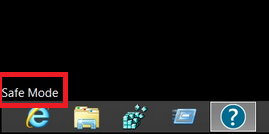


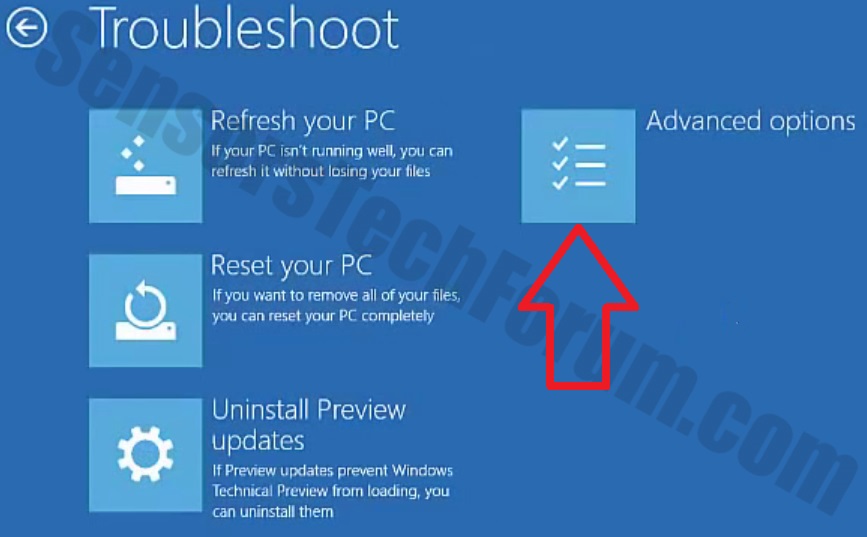


 1. Install SpyHunter to scan for and remove Banprox Infostealer.
1. Install SpyHunter to scan for and remove Banprox Infostealer.















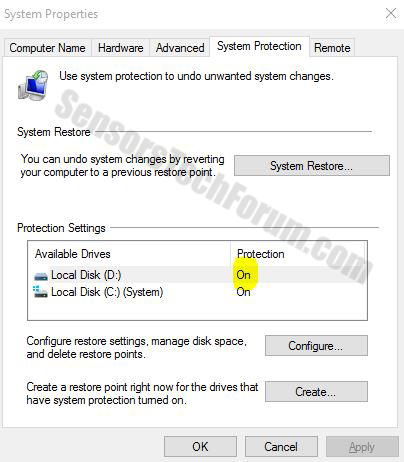


 Malwarebytes Anti-Malware
Malwarebytes Anti-Malware STOPZilla Anti Malware
STOPZilla Anti Malware



